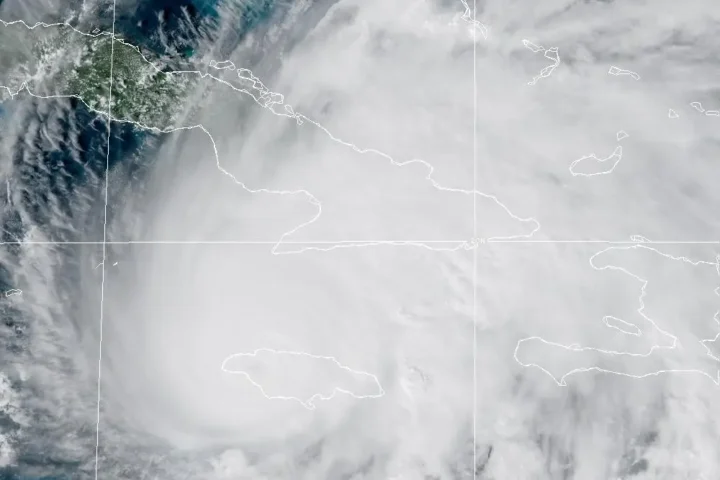Two scientists have discovered that Antarctica is heading towards uncontrollable ice melt, caused by the intrusion of warm ocean water between the ice and the land beneath it, as indicated by a study published on Tuesday (25.06.2024) in the journal Nature Geoscience.“We have identified the possibility of a new tipping-point in Antarctic ice sheet melting,” says Alex Bradley, an ice dynamics researcher at BAS and lead author of the new paper. “This means our projections of sea level rise might be significant underestimates.”
For decades, sea level measurements have made one thing clear: we’ve been underestimating ice melt in our forecasts. Experts know that ice is highly sensitive to any change, and accurately representing all its interactions with the environment using formulas is a challenging, though not impossible, task.
When comparing projections to observed data, it became evident that the actual retreat of Antarctica’s ice and the resulting sea level rise were much greater than what the models used by the Intergovernmental Panel on Climate Change (IPCC) had shown. This prompted Alex Bradley, a researcher at the British Antarctic Survey (BAS), and his team to identify which processes were missing from the models.
“Ice sheets are very sensitive to melting in their grounding zones. We find that grounding zone melting displays a ‘tipping point like’ behaviour, where a very small change in ocean temperature can cause a very big increase in grounding zone melting, which would lead to a very big change in flow of the ice above it,” Bradley explained.
The melting process works like this: relatively warm ocean water creates cavities in the ice, allowing more water to infiltrate between the land and the ice sheet resting on it. In addition to accelerating ice loss, the infiltrated water lubricates the land surface, increasing the speed at which continental ice moves towards the sea.
Similar Posts
Over time, this land ice moves towards the surrounding ocean and eventually melts, a process that occurs around the coasts of Antarctica and Greenland and significantly contributes to sea level rise. The Antarctic ice sheet already loses an average of 150 billion metric tons of ice annually and, in its entirety, contains enough water to raise sea levels by about 58 meters. “This is missing physics, which isn’t in our ice sheet models. They don’t have the ability to simulate melting beneath grounded ice, which we think is happening. We’re working on putting that into our models now,” Bradley said.
Every tenth of a degree increase in temperature brings us closer to surpassing the tipping point. As ocean temperatures rise due to human-caused global warming—even by a tiny fraction—Antarctica’s ice sheets melt faster, threatening a global rise in sea levels and endangering coastal communities.
Currently, the Pine Island Glacier is the largest contributor to sea level rise in Antarctica. It is at high risk of melting due to the slope of the terrain, which allows more water to enter, according to the study.
Some areas of Antarctica are more vulnerable to this process than others due to the shape of the landmass, which includes valleys and cavities where seawater can accumulate deeper beneath the ice.
This finding is crucial as it will help update scientific models to include this additional melting factor. This way, we can better predict the risk of sea level rise in the future and prepare for it accordingly.

















